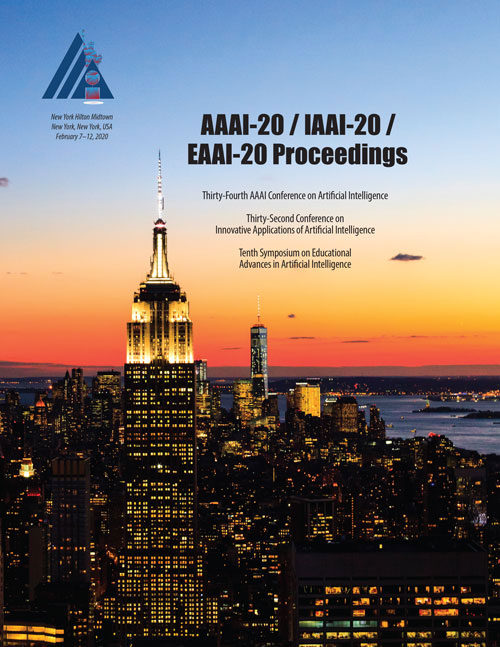GaSPing for Utility
DOI:
https://doi.org/10.1609/aaai.v34i03.5648Abstract
High-consequence decisions often require a detailed investigation of a decision maker's preferences, as represented by a utility function. Inferring a decision maker's utility function through assessments typically involves an elicitation phase where the decision maker responds to a series of elicitation queries, followed by an estimation phase where the state-of-the-art for direct elicitation approaches in practice is to either fit responses to a parametric form or perform linear interpolation. We introduce a Bayesian nonparametric method involving Gaussian stochastic processes for estimating a utility function from direct elicitation responses. Advantages include the flexibility to fit a large class of functions, favorable theoretical properties, and a fully probabilistic view of the decision maker's preference properties including risk attitude. Through extensive simulation experiments as well as two real datasets from management science, we demonstrate that the proposed approach results in better function fitting.

